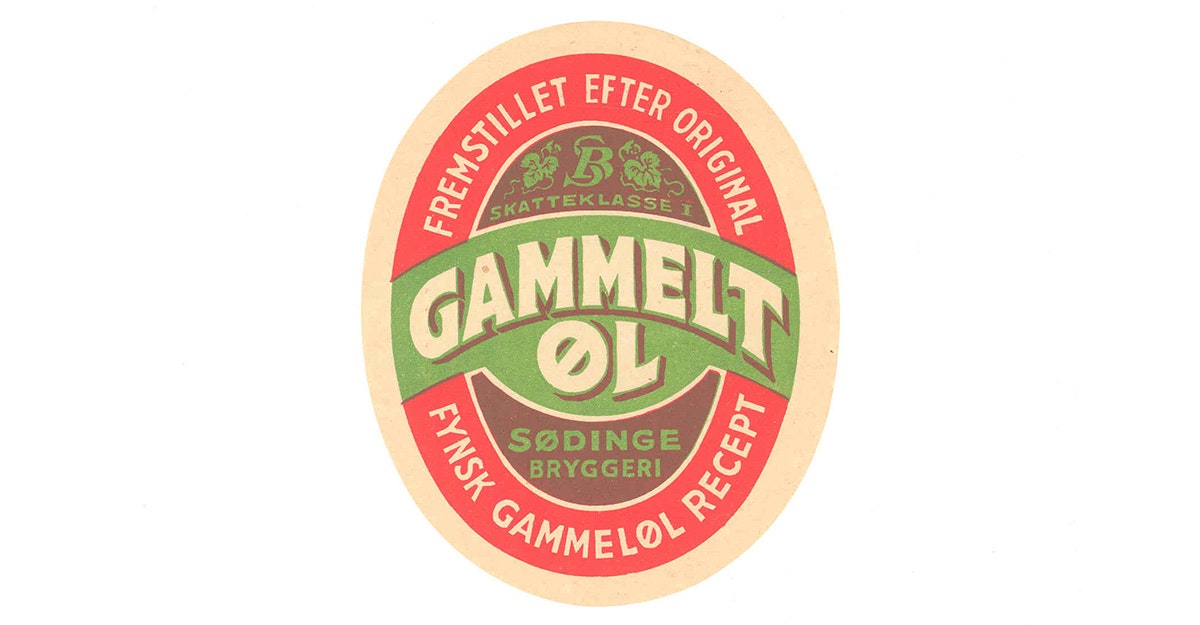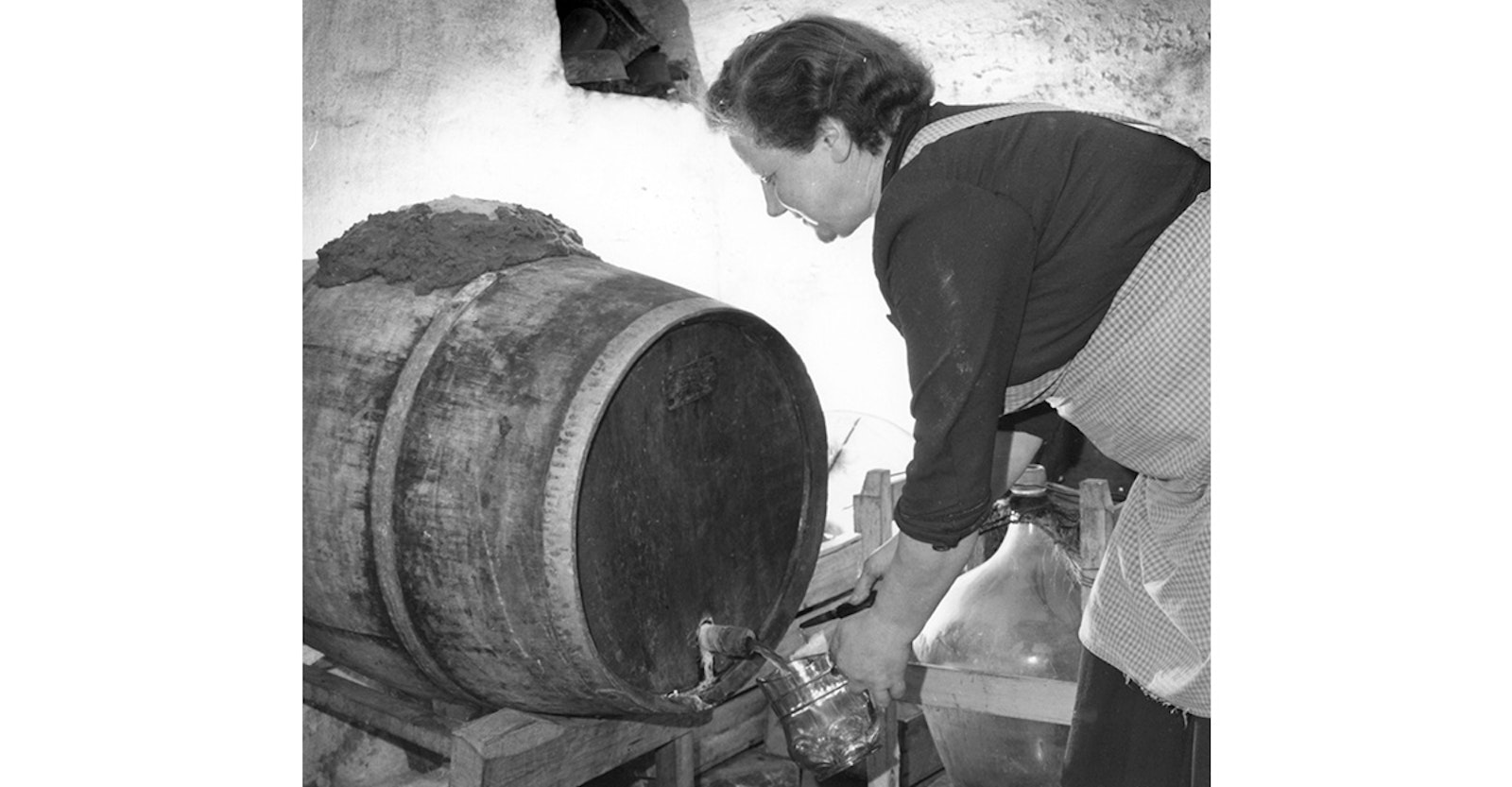Adapted from Simon Wrisberg’s historical book, Danish Beer 1850–1950, here’s a traditional recipe for gammeltøl.
It’s a distillation of several 19th century recipes, translated for modern kit. “The fermentation was normally done in barrels with top-fermenting yeast,” Wrisberg says. “If the barrel was filled with wort, the surplus of yeast would run out of the bunghole [and] was used for baking.”
For more on this near-forgotten tradition, see Brewing Gammeltøl, Denmark’s Strong and Smoky Harvest-Time Farmhouse Ale.
ALL-GRAIN
Batch size: 5 gallons (19 liters)
Brewhouse efficiency: 72%
OG: 1.067
FG: 1.013
IBUs: 48-ish
ABV: 7.2%
MALT/GRAIN BILL
13.5 lb (6.1 kg) alderwood-smoked malt
HOPS SCHEDULE
5.5 oz (156 g) whole-leaf Spalter, boiled separately, at primary [48 IBUs]
YEAST
Favorite kveik, baker’s yeast, or expressive ale yeast, optionally with Brettanomyces and/or Lactobacillus
DIRECTIONS
Mill the grains and mash at about 149°F (65°C) for 90 minutes. Recirculate until the runnings are free of particles before running off into the fermentation vessel; or run off directly through a mat of straw into a bucket, barrel, or fermentor. Do not boil. When the wort has cooled to about 65–75°F (18–24°C), pitch the yeast and ferment. Do not seal the vessel; use a sanitized piece of foil to cover the opening if necessary. After 2 days, boil the hops in a small pot of water for 60 minutes, then cool, strain, and add to the beer. When fermentation activity has subsided, attach an airlock and age 5–6 months. Cool and carbonate as desired before serving.
BREWER’S NOTES
Variations: One 1872 recipe from Conradine’s Town and Country Household Cookbook is for a barrel of gammeltøl and includes the addition of one pot of aquavit and a quarter pound (113 g) of cinnamon—though it doesn’t specify when to add them. You could also follow the practice of dropping in an egg (and seeing if it’s still there when you tap the barrel at harvest time).
Raw, or Not: Although traditionally unboiled, a couple of late 19th century recipes do mention boiling the wort with hops, but they’re vague about how long: “The wort was boiled in the kettle with the hops until it was separated,” Wrisberg writes. “The wort was strained from kettle to fermentation tun through a cloth in order to separate the hops from the wort.”
Hops: Any low-alpha Noble or Noble-esque hop works here. Add the hop tea to the fermentor to taste or pour in the whole thing and roll with it. Mash hops are another method to consider, while some old recipes call for adding the hop tea directly to the mash.


